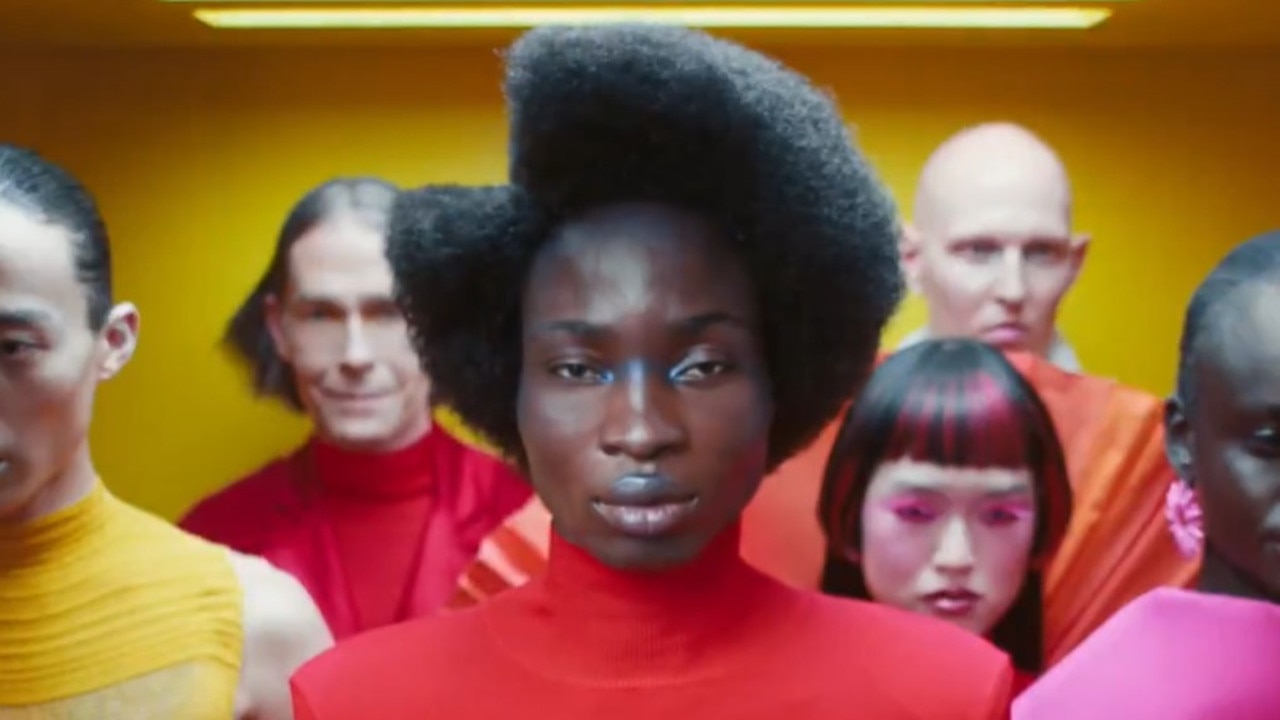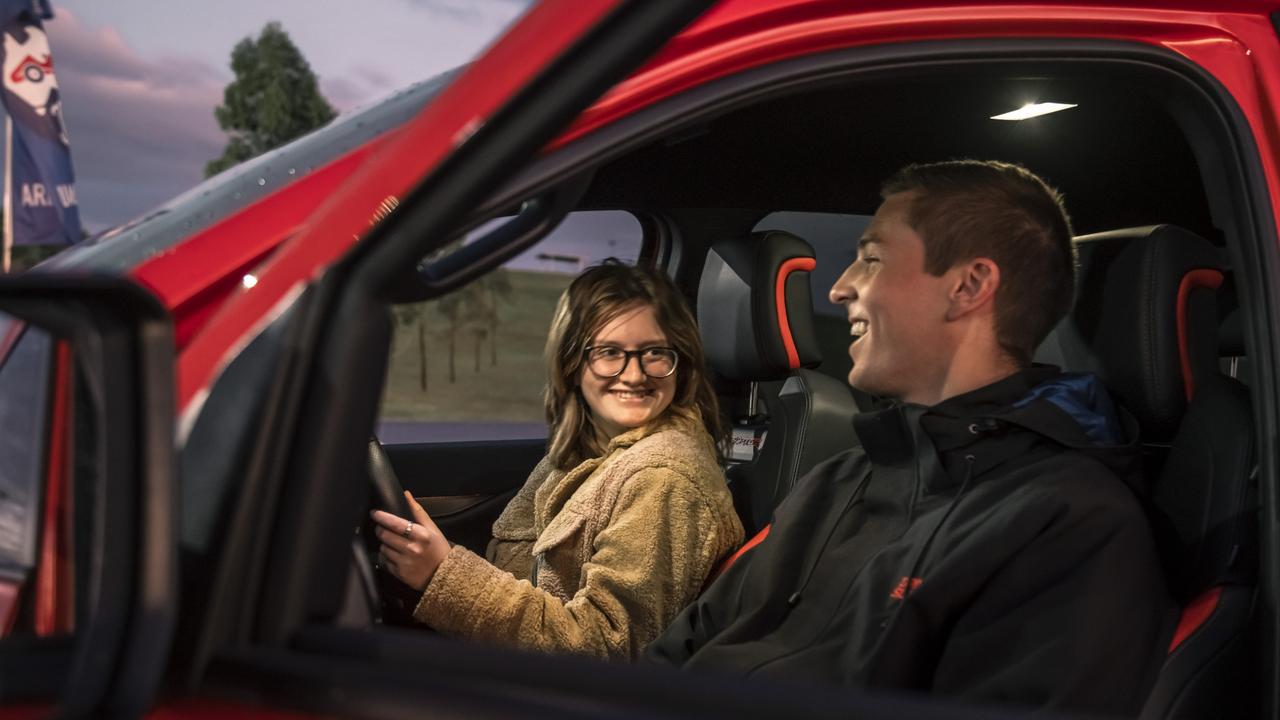More white collar workers switching from luxury sedans to utes
Diesel utes used to be for farmers and tradies, but inner-city businesspeople are increasingly drawn to high-end models.
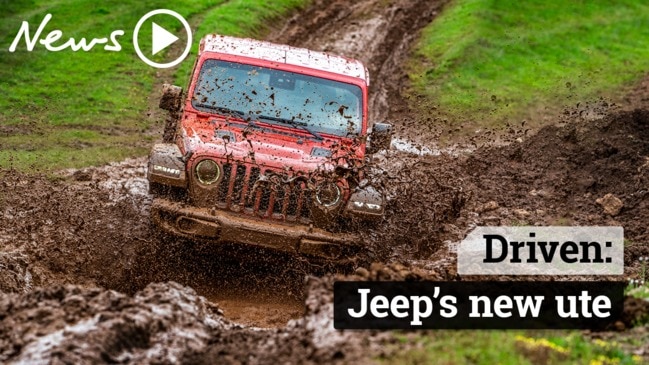
Motoring News
Don't miss out on the headlines from Motoring News. Followed categories will be added to My News.
Exclusive: Suits in utes – they’re the newest phenomena on our roads.
White collar workers are muscling in on blue-collar territory, buying top-of-the-line work utes to park in their high-rise CBD offices.
Fashionable – and expensive – workhorses are replacing luxury badges as the wheels of choice for thousands of wealthy motorists.
They cost more than a lot of Mercedes-Benzes and BMWs, but high-end versions of the Ford Ranger and Toyota HiLux are being snapped up by adventure-seeking Aussies looking to holiday at home post-Covid.
The HiLux and Ranger were designed with cockies and tradies in mind, but they’ve morphed into desirable go-anywhere machines.
Automotive industry analyst Ben Sullivan said about 20 per cent of utes were driven by people with household incomes in excess of $200,000 – folks who can afford high-end cars but choose not to drive them.
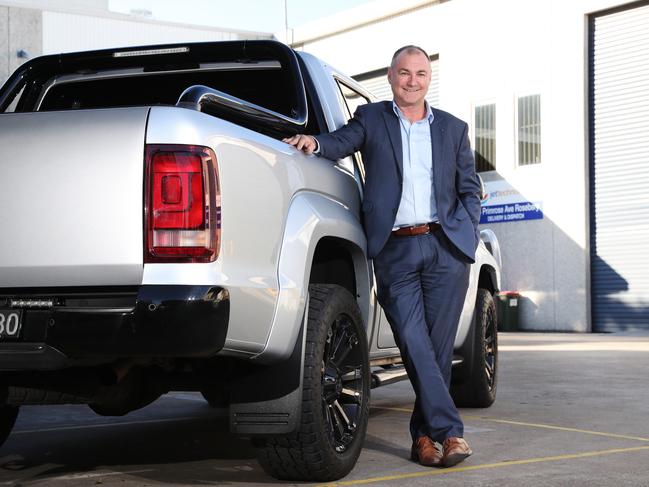
Toyota’s range-topping HiLux costs about $75,000, or as much as a new BMW 3 Series sedan.
“Most luxury cars are bought by rich people. However, most rich people don’t buy a luxury car,” Mr Sullivan said.
“It’s a case of ‘what do I say about myself’, like choosing a suit or clothes.
“They can drive around feeling like the person they want to be – they could go anywhere in their HiLux or their Ranger.”
The industry consultant said utes were preferred by people who “don’t want to look like too much of a w**ker”.
Social analyst David Chalke agreed. He said people chose to buy a ute to avoid “tall poppy syndrome”.
“One doesn’t want to be seen to be pretentious,” he said.
“Despite the fact that we are one of the most urbanised countries in the world, there’s this Australian myth that we are born of the outback.
“The other thing is the quality of these large utes has improved immensely. These are no longer vehicles with appalling road holding and no safety features. They are handy to have and there’s that image that ‘I’m a bloody good bloke’.”
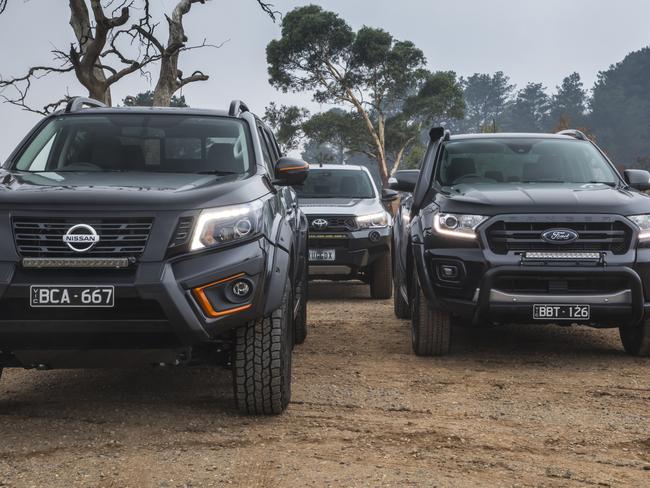
Australians bought about 80,000 four-wheel-drive utes in the first four months of 2021, a 35 per cent increase compared with five years ago, and close to double that of 2011.
Volkswagen’s best-selling car in 2021 is the Amarok ute, not the Golf hatchback or Tiguan SUV.
Company director David Reece traded in a luxury sedan to buy a high-end Volkswagen Amarok.
“My last company car was an Audi,” Mr Reece said.
“I gasped when it (the Amarok) was $80,000. It’s a bloody lot of money to buy a ute. I swallowed hard.
“But I like the utility aspect – I can go to the beach, or up the mountains or down a dirt track. It’s been a good car.”
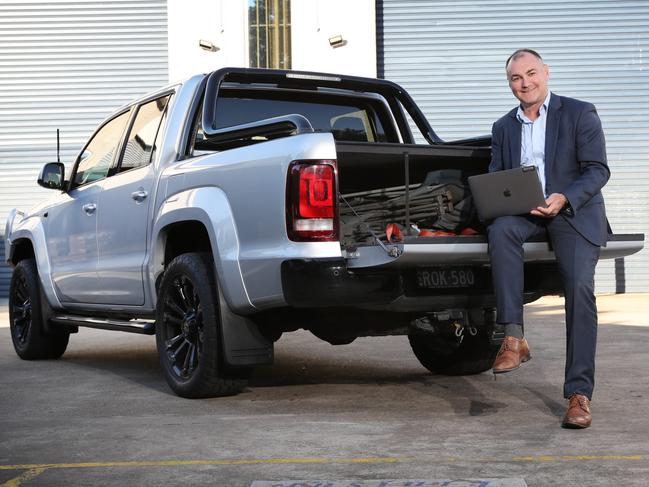
Toyota vice president of sales and marketing, Sean Hanley, said there was definitely a growth in sales of its top-selling HiLux to less traditional ute buyers, particularly the most expensive models that had more creature comforts.
“They’re certainly appealing to a broader market well beyond traditional trades, agriculture and mining,” he said.
“We are seeing more recreational-type customers … going for the ute because they serve a multipurpose. They can be used for work, they can be used for recreation, there’s enough room for the family,” he said.
Covid had also brought new buyers into the market as Aussies look to explore the country by road.
“We’re seeing a lot of domestic travel right now. The international border closures mean people are now travelling within our own country. And they are looking for these multipurpose vehicles.”
– with Richard Blackburn



